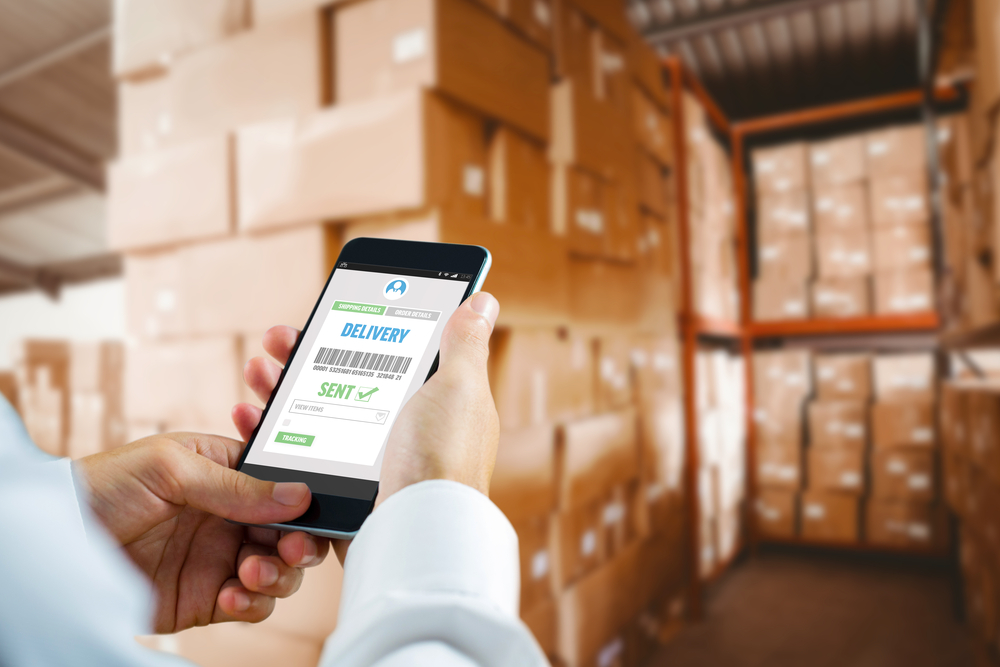Is a Paperless Yard Management & Dock Scheduling Strategy Possible?

To accelerate performance and enhance yard management, many companies have transitioned from paper to paperless methods. Using digital systems to automate manual processes controls costs and improves management, impacting how businesses operate and function. The problem with managing the yard and dock manually is that it requires a profuse amount of time and resources. Integrating technology handles all the necessary duties with a modern approach and allows companies to reap the rewards of improving their business constructively.
The Problems with Manual Yard and Dock Management
One of the main problems with manual yard management and dock governance is the total lack of visibility. Not knowing the location of a shipment or the status of an order poses great risks that negatively impact businesses. Inputting data by hand or the “old-fashioned way” also creates room for mistakes, especially when it pertains to inventory flow and management.
Aside from being low in productivity and highly labor-intensive, manually executing processes such as tracking shipments (as they move inbound and outbound) exacerbates time and negatively affects dock scheduling. A dock scheduling system provides greater accuracy, and recording events within (and without) a distribution center is tracked in real-time, which grants companies more efficiency and reduced latency. Many problems present themselves when it comes to managing the yard and dock manually.
How Going Paperless and Integrating Technology can Enhance Management Processes
 Going paperless by integrating emerging technology that handles all the workings of yard management boosts performance, leading to a substantial increase in profit margin. By using digital enhancement tools, companies optimize management processes in both the dock and yard. When companies have foresight and visibility into shipments, congestion and dock overload are mitigated. Appointment requests then become automated, which secures accurate capacity in real-time and ensures an operational flow. Communications are also streamlined with all logistic parties involved, making collaboration seamless and practical.
Going paperless by integrating emerging technology that handles all the workings of yard management boosts performance, leading to a substantial increase in profit margin. By using digital enhancement tools, companies optimize management processes in both the dock and yard. When companies have foresight and visibility into shipments, congestion and dock overload are mitigated. Appointment requests then become automated, which secures accurate capacity in real-time and ensures an operational flow. Communications are also streamlined with all logistic parties involved, making collaboration seamless and practical.
Essentially, the tools all form a comprehensive, digital suite of functions to enable virtual management of all dock and yard management processes. Combining everything into one resource makes it easier to validate requirements, avoid delays, and promote increased efficiency.
Additional Benefits of Using Yard and Dock Management Technology
Implementing yard management tools adds further benefits that companies should take advantage of. With the real-time tracking of orders and shipments, accuracy is amplified. Knowing the location and status of every load is no longer error-prone or a risk. This complements the precise execution of cross-docking practices, which leads to getting orders out faster with fewer mistakes. Going paperless also allows companies to save money and sustain the environment. These benefits improve logistical performance all around.
Optimize Your Yard and Dock Management Strategy Today by Implementing Powerful Tools
The use of modern technology provides much more effective yard management solutions compared to the traditional, outdated methods. The potential of these tools is unmatched and allows companies to gain a competitive advantage, significantly enhancing business operations. By implementing these tools, companies will reach peak warehouse efficiency and strengthen their execution strategies. Start benefiting from these powerful tools today and reap the rewards of complete optimization. Request a C3 Solutions demo to get started.

